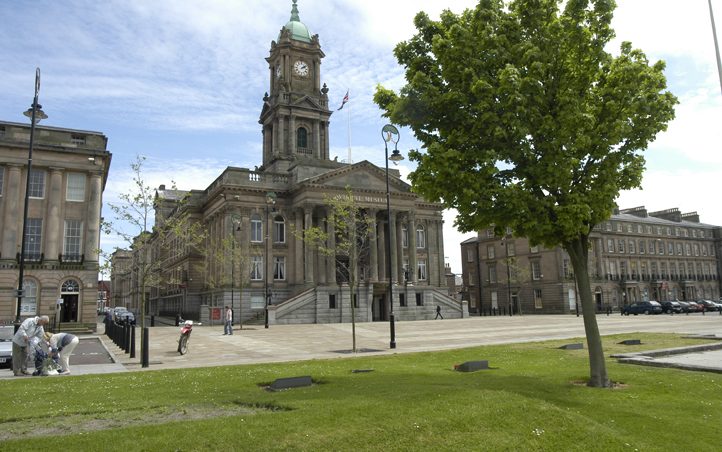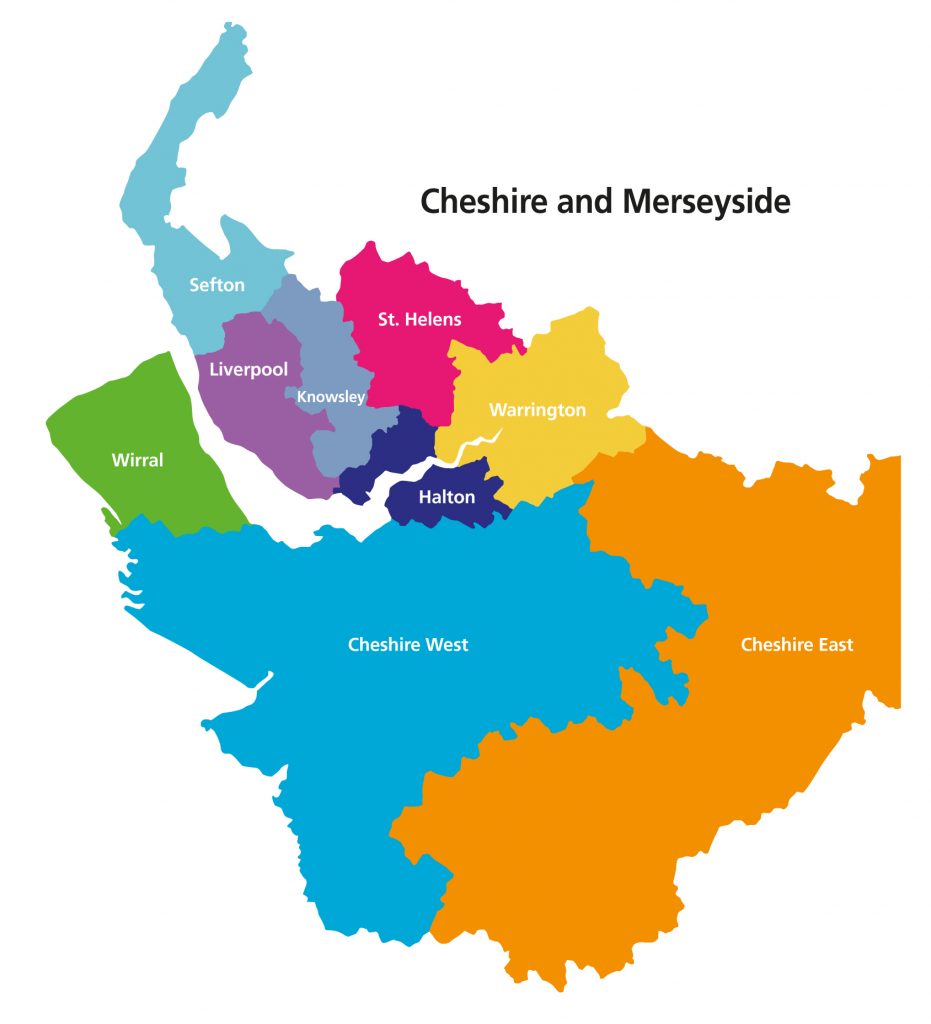Wirral

We serve a Wirral population of around 324,000 residents (Wirral Intelligence Service 2022) across 130,000 households. It is very likely that most will come into contact with our services at some point either as a patient, service user, carer, or relative of a patient or as one of our members or volunteers.
Wirral has a relatively high older population (aged 65 and above) compared to England and Wales as a whole. We know this is set to increase, putting greater pressure on the NHS and driving the growth in provision of community health services. As a community trust we will play a vital part in enabling people to not only live longer, but live more healthy, active and independent lives.
Variations in life expectancy are amongst the highest in England. ONS statistics (2015) show that the gap in life expectancy between the most and least affluent areas within Wirral was 14.6 years for men and 14.3 years for women, and Wirral had the largest gap in Disability Free Life Expectancy (DFLE) for males and females of any authority in England (23.9 years for men, 22.2 years for women). Damaging lifestyle behaviours such as smoking and obesity are all more prevalent in Wirral’s most deprived areas.
The BME (Black and Minority Ethnic) population of Wirral increased from 3.5% (approx. 11,000 people) in 2001 to 5% (approx. 16,000 people) in 2011. More BME residents live in Birkenhead than any other part of Wirral. Local services are accessed by a lower proportion of BME residents than population estimates suggest.
Cheshire East
We also serve Cheshire East which borders Cheshire West and Chester to the west, Greater Manchester to the north, Derbyshire to the east and Shropshire and Staffordshire to the south. Cheshire East has a population of 398,800 (ONS 2022) (22.2% of which are aged 0-19) and an area of 116,638 hectares, making it the third largest unitary council in the North West. Approximately 40% of the population live in rural areas and the remainder in the two major towns of Crewe and Macclesfield and smaller towns of Wilmslow, Congleton, Sandbach, Poynton, Nantwich, Middlewich, Knutsford and Alsager.
Cheshire East is a relatively affluent borough, nearly 55% of children live in areas that are amongst the 30% least deprived nationally. This overall picture of affluence can mask the 18% of children in Cheshire East who live in the most deprived 30% of areas, these children experience worse health outcomes than their peers in other parts of the borough.
Life expectancy for both men and women is higher than the England average; however life expectancy is 10.9 years lower for men and 11.3 years lower for women in the most deprived areas of Cheshire East than in the least deprived areas (ONS, 2015).
St Helens
In September 2021 we were delighted to commence delivery of 0-19+ Health and Wellbeing Services in St Helens.
The resident population of St Helen is 177,188 people. The current population projections indicate there will be a population increase of 5% by 2025. St Helens currently has the lowest BME community of all the places within the Cheshire and Merseyside Partnership at 1.8%. Recent census data has also predicted that over the next 25 years, the number of residents in their 80s is expected to double from 6,700 in 2012 to 12,800 in 2037.
St Helens is one of the most deprived areas in England, life expectancy for both men and women is lower than the England average. The borough faces significant challenges in improving outcomes for its residents and reducing the unsustainable levels of demand experienced by health care and community services.
About 25% (8,100) of children live in low-income families. The health of people in St. Helens is generally worse than the England average. Children classified as obese in Year 6, is 24.4% (386), worse than the average for England.
Knowsley
In February 2022 we formally began delivering 0-25 Health and Wellbeing Services in Knowsley extending our reach across Cheshire and Merseyside.
Knowsley’s 2017 population was estimated to be 148,560. Almost a fifth of the borough’s population (18.8%) are aged 0-14 years. 11.9% are young adults (aged 15-24). Almost a fifth (19.3%) are aged 25-39. People aged 40-59 make up the largest single age group (26.7% of the population). Over a fifth of the population (23%) are aged 60 or over, of which 15.4% are aged 60-74 and 7.8% are aged 75 or over.
